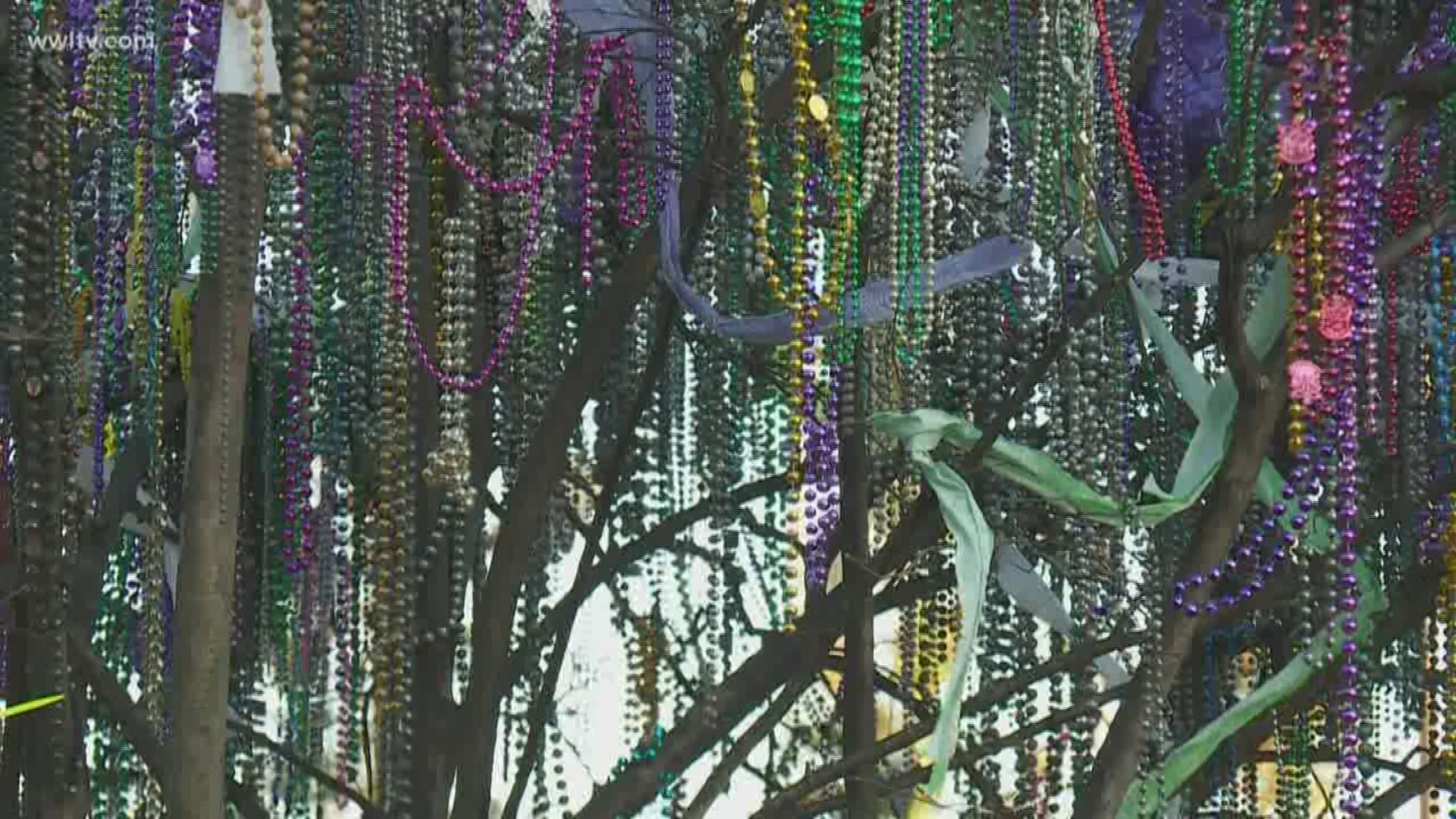BATON ROUGE, La. — It's always a thrill to catch a throw but there are some problems associated with these time-honored plastic giveaways.
"Mardi Gras is so centered around a party but by the end of it - nobody thinks about the environment," said Gabela Nelson, LSU Biological Sciences graduate student
From your favorite float, it's no secret throws end in the drainage systems, in the ocean and just about everywhere.
RELATED: Mardi Gras 2019 Parade Schedule
Naohiro Kato, professor at LSU's Department of Biological Sciences is no stranger to the problem.
"So the problem with plastic is: It won't go, it's accumulate, accumulate accumulate," Kato said.
With this in mind, Kato, along with his team at LSU, have developed biodegradable beads.
"I have a family friend in New Orleans. They are the ones concerned, they are the ones who want to change the way they celebrate Mardi Gras a greener way," he said.
Kato developed a way to grow a species of microscopic algae, harvest it and create a powder that can form beads and doubloons.
"We tested how strong it is and our tests show if you throw our Mardi Gras beads from the seventh floor of building and hit the concrete, it's still OK," Kato said.
RELATED: Metairie store owner donates entire float to Children's Hospital
These beads take one to two years to biodegrade, so in the short term it might not improve drainage issues. And the cost is a huge roadblock: $13 per necklace for the first batch and the second batch $1 per necklace, compared to beads in the store which for about 10 cents.
Kato doesn't expect these beads to replace regular beads right away but said he hopes the idea inspires others to make smart environmental choices.
"I just think everybody should be conscience about the world they are living in. You know the party doesn't have to stop," Kato said.

